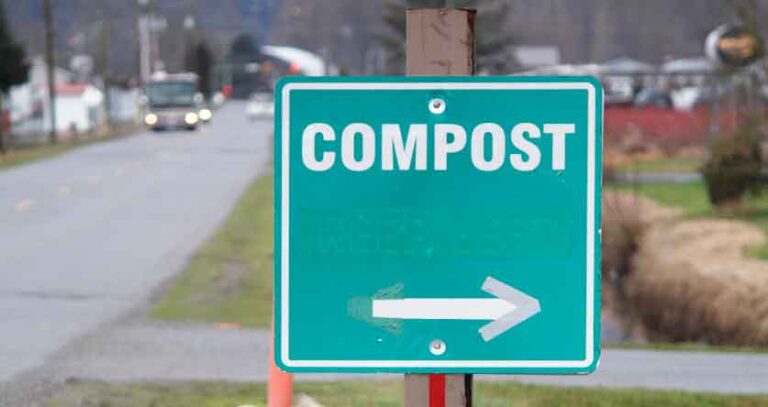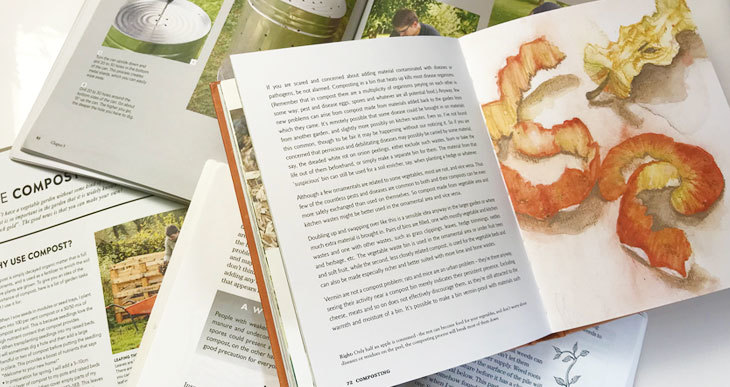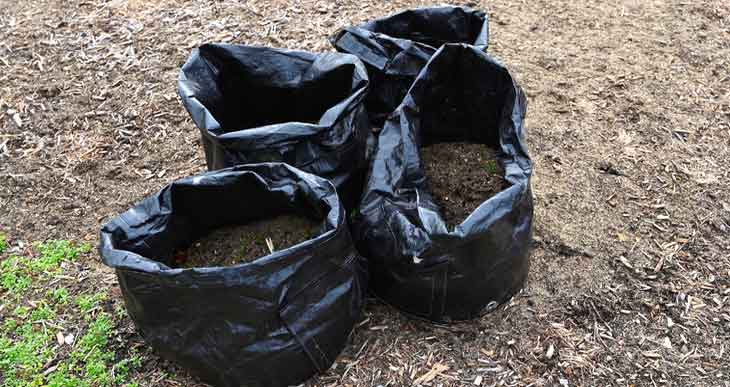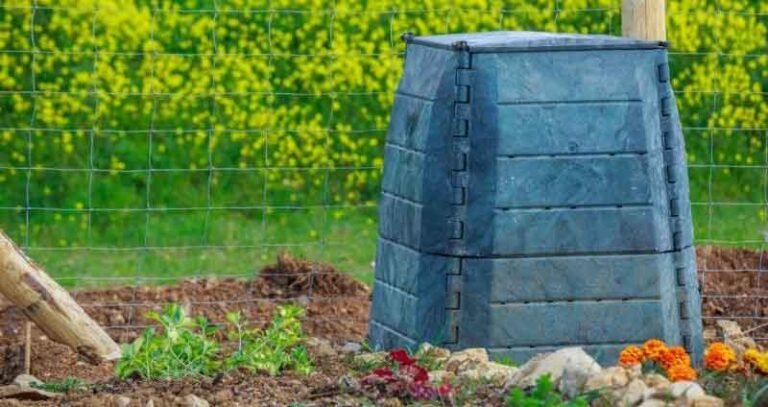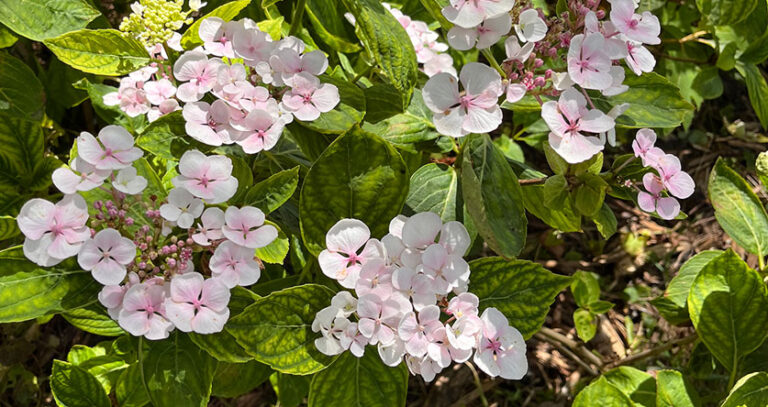How To Speed Up Compost In Winter (Tips & Tricks!)
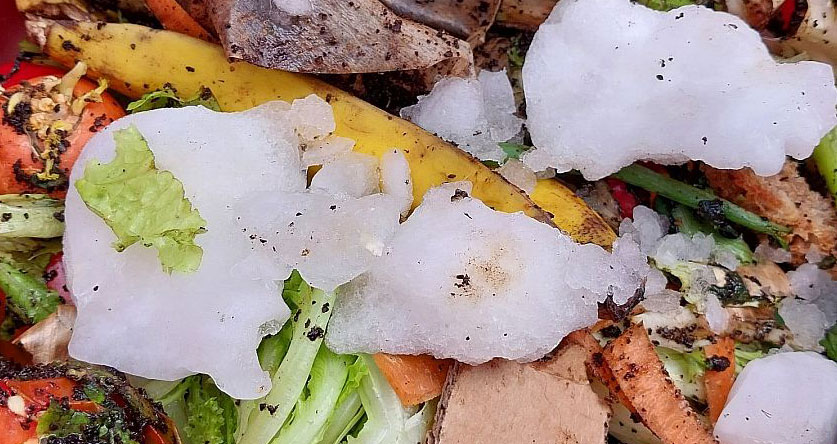
You need patience to compost.
And you need more patience to compost in the winter!
The cold weather slows down the decomposition, making you wait even longer for your soil supplement.
But what if you don’t want to wait that long? Are there ways to speed up composting in winter?
Yes!
I’ve got tips and tricks for faster winter compost up my (fleece-lined) sleeve that I want all impatient gardeners to know. Keep reading…
How To Heat Up Compost In Winter
Strategies for heating compost in winter include building a pile of balanced greens and browns at least 3 feet high, wide, and deep, then keeping it aerated, moist, and protected against snow, rain, and wind. A compost activator and insulated compost bin can also help raise the compost’s temperature.
The hotter your compost, the faster it breaks down into food for your garden. But it takes effort to fire up your compost in winter.
No one wants to slog it out in the freezing weather when they could be cuddling up drinking hot chocolate, so I’ll share ways to make winter composting a little easier.
How To Get Compost Hot In Winter
Compost gets hot when microorganisms work hard to break down organic waste. The microorganisms let off heat as they tackle the waste mountain, raising the compost’s temperature.
There are 2 steps to making compost hot when it’s cold outside:
- Step #1: Get the basics right
- Step #2: Winter-proof your compost
Step #1: Getting The Basics Right
Help your composting microorganisms put oomph into their work by giving them these 4 essentials:
| Greens | Browns | Water | Air |
| Nitrogen-rich organic wastes like fruit and veggie scraps and coffee grounds. Compost won’t heat up if it doesn’t have enough nitrogen. Read my guide to balancing greens and browns to keep healthy levels of this nutrient. | Carbon-rich organic wastes like dried leaves and shredded paper. You might struggle to find enough browns in winter. Here’s a list of easily available browns. | Compost should be moist but not soggy, or about 40 to 60% water. | Compost needs airing now and then. You can keep the oxygen flowing by regularly turning the compost over. |
Step #2: Winter-Proof Your Compost
Building a compost pile with a balance of greens and browns, air, and the right moisture level might be enough to kickstart hot composting when the weather’s warm. But the basics probably won’t suffice in winter.
You’ll likely need to add these extra tasks to your winter composting routine to get things going:
- Build a pile 3 to 5 feet high, wide, and deep. Bulk helps heat things up!
- Cut or shred organic waste, especially woody or tough items, into 1-inch pieces. These are my favorite shredders for every type of organic waste.
- Keep pine needles and wood ash out of your compost pile. These wastes slow down composting.
- Shut your compost bin’s lid or cover your open pile with a waterproof tarp to retain heat and protect your compost against snow and rain.
- Build walls out of straw bales or bags of leaves on your compost’s east, north, and west sides, leaving the south side open to let in sunlight.
How To Fix Cold Compost
These are the 3 most common problems that stop compost from heating up and the fixes:
| Problem | Solution |
| The compost is too wet. | Mix fast-acting absorbent browns like sawdust, straw, or shredded dried leaves or newspaper into the compost. |
| The compost is too dry. | Sprinkle a little water over the compost, or throw some juicy fruit and veg scraps in. |
| The compost lacks nitrogen. | Add more greens to the compost. |
If your compost still refuses to heat up, there’s something else you can try: a compost accelerator!
Natural Compost Accelerators
The ultimate natural compost accelerator is a shovelful of finished compost. Topsoil is a close second. Both compost and topsoil add heat-generating microorganisms to your composting team.
Other natural options for firing up the composting process are manure or manure pellets, animal-based meals (like bone or blood), plant-based meals (such as soybean or alfalfa), or DIY compost activators made from ingredients like water, beer, ammonia, and soda.
Other Compost Activators
If you don’t succeed with natural compost starters, you can give an artificial activator a go.
You’ll find a wide range of synthetic products promising to get your compost going. I stay away from these activators because you can’t be sure what’s in them or whether they’re effective.
How To Keep Compost Bin Warm In Winter
What do you do when you’re cold? Dive under the duvet or hug a hot-water bottle? Your compost likes these warming goodies, too!
You can buy special compost duvets or hot-water bottles to warm up bins or piles. Alternatively, just fill some large bags with left-over bubble wrap and place these on top of your heap.
Another trick for keeping your compost bin warm in winter is to bury it! Here are easy steps to setting up an in-ground compost bin.
Insulated Compost Bins
An insulated compost bin is my go-to for keeping my compost toasty even when it’s freezing outside.
You’ve got options when it comes to insulating your bin:
- Buy a ready-to-use insulated bin like this made from thick, heat-retaining material (Amazon). If you prefer, the Mantis tumbler is one of the few insulated models on the market.
- Surround your bin with cardboard sheets, bales of straw, an old rug, or sacks filled with straw, leaves, or Styrofoam bits.
- Line the inside of your bin with leaves, sawdust, or wood chips.
How Long Does Compost Take During Winter
The quickest composting method takes about 3 weeks, but most hot composting methods take closer to 3 months. On the other hand, cold composting can take a year or 2.
How long before your compost is ready to nourish your garden depends on it’s temperature (and how long it stays high). Realistically, you’re unlikely to cook up a garden-ready batch of compost during the winter.
Here’s a look at the factors influencing how long it takes for organic waste to become black gold and how to tell when your compost is good to use.
What To Do With Unfinished Compost In The Winter
So, you’ve tried all my winter composting tips, but your organic waste isn’t breaking down fast enough. Your bin is about to release an avalanche of moldy fruit peels and other half-rotten bits and pieces.
What now?
I have 2 suggestions for what to do with unfinished compost in the winter:
- Bury it. Dumping organic waste underground is a popular composting method known as trenching.
- Use it as mulch. Layer unfinished compost on top of the soil to protect plants against frost and help them hold onto moisture.
FAQ
Many gardeners take a break from composting in winter and start again as the weather warms. If you’re keen to follow in their footsteps, you’re likely wondering if it’s possible to wake up your compost in spring.
It’s easy to give your composting microorganisms new life with the new season. And the warm temperature should help keep them active!
How To Restart Compost After Winter
Your compost will likely look a bit swampy after the winter.
Toss in those absorbent browns I mentioned earlier (sawdust, straw, shredded paper, or crushed dried leaves), turn the compost over, or spread it out if it needs extra help drying. Then you should have a good base for your warm-season composting.
Good to know: Freezing in winter and then thawing in spring helps organic waste break down faster, so the cold weather can boost your springtime composting efforts!
related reading: can you compost in wintertime


